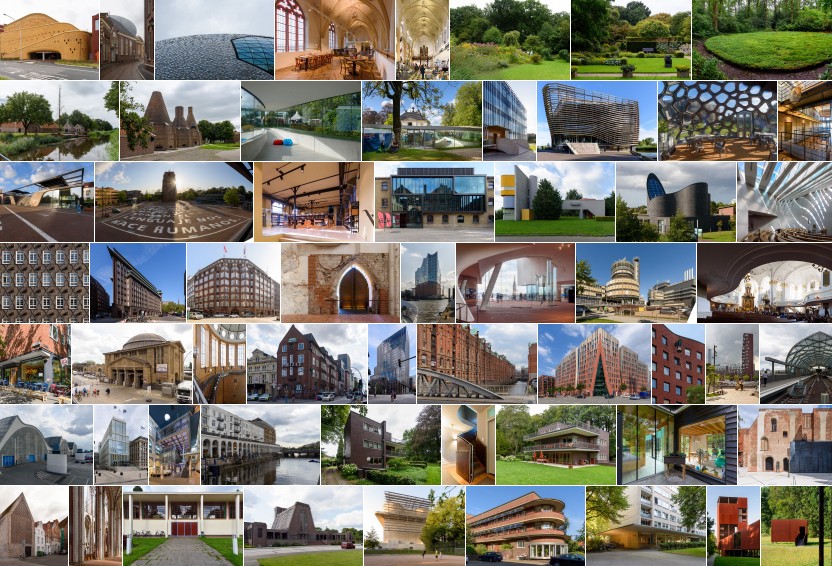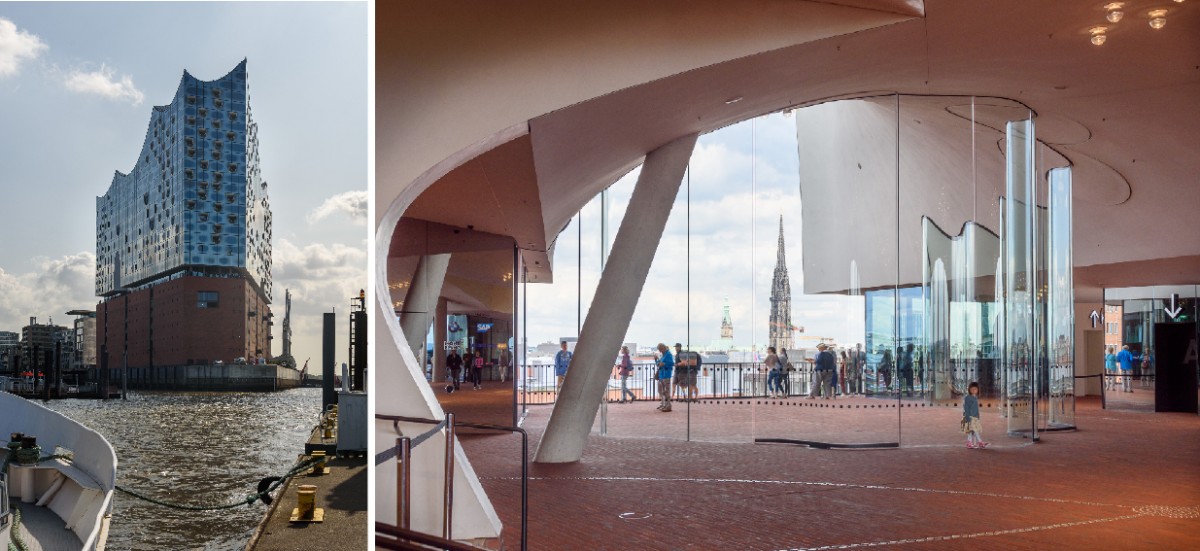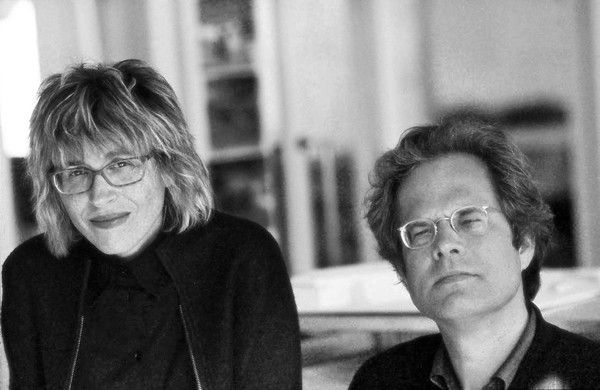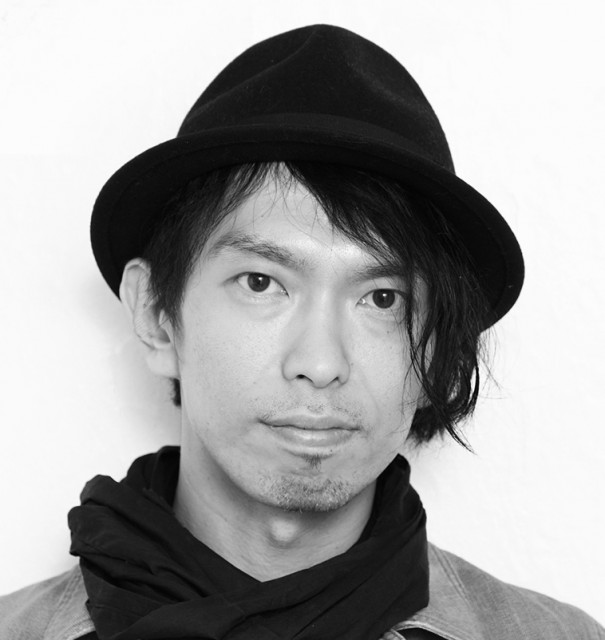Hansaland

A journey through the materiality of brick volumes and the intangible spaces of modern architecture
A visit to Hamburg is a walk through the building history of the last century and a half. Little older architecture has survived the storms here; fire, epidemics, economic revolutions, war … But her population always recovered, the city adapted to the new reality. Demolished, rebuilt, relocated streets or entire neighbourhoods if necessary, clearing up debris to be able to dream of a better city. Her successive city architects were given opportunities to really change something: the famous Speicherstadt as a new engine in connecting the city with the new German Empire; the Kontor district with the famous Chilehaus, after the catastrophes of cholera, world war and – hyperinflation; the forced relocation of entire neighbourhoods to model areas with a lot of green; the lost battle of Bauhaus-inspired architecture against Nazism; the reconstruction with high-quality high-rise buildings after the devastating bombing; the conversion of disused warehouses into new bustling neighbourhoods with the Elbphilharmonie; the fight against the rising water with dikes of Zaha Hadid …

In addition, there is the confrontation with the materiality of the brick. One format, one colour, but executed in ever-changing relationships and variations, with inexhaustible and surprising possibilities, designed in a changing game of expressive volumes. One and a half centuries of building history built with these simple uniform building blocks. The brick is no stranger to the Hanseatic cities. On the contrary, the long chain of trade connections transported not only merchandise but also the knowledge of this building material to their cities, which all had the same problem, not natural stone but an abundance of clay and peat. The chain runs from Lübeck to Bruges and from Lübeck to the Baltic states. We follow this route.

Our journey departs from Bruges and goes by bus through the Netherlands to Hamburg. A fairly flat area that we would not dare to travel without stopping at some gardens and landscapes. That is why we interrupt our journey with a first stop in a small Hanseatic town, Zwolle, to travel further to the nearby gardens of Mien Ruys. In our preparation trip we also visited Vijversburg park with the Junya Ishigami pavilion. We looked at each other and both thought the same thing: “If we don’t include this now, we will never get here again.” So we sleep a night in Leeuwarden before attacking Hamburg and devouring it completely architecturally. Of course we could not leave Lübeck at such a short distance from our main goal! There we will visit the European Hansemuseum, located at a key location in the city, very educational, built in brick, or what do you think, and with a final palimpsest to finish it off. On our return we will interrupt the bus trip through Germany with a surprising intervention in the landscape: the Varusschlacht, work by architects Gigon and Guyer.

The journey takes six days (five nights) and will be accompanied by myself and Arnout Fonck.
Géraldine Vandenabeele
Foto’s: © Arnout Fonck
Programme
ZWOLLE
Parkeergarage Katwolderplein – Dok architecten, 2017
Waanders In de Broeren – BK architecten, 2013
Museum de Fundatie – Bierman Henket architecten, 2013
Tuinen Mien Ruys – Mien Ruys, 1924-2019
LEEUWARDEN
Visitor Center Park Vijversburg – (2017) Junya Isshigami
Centraal Justitieel Incassobureau – (2011) Claus & Kaan architecten
OBE – Lân fan taal – (2018) Powerhouse Company
Blokhuispoort dbieb en hostel – (2017) TWA architecten
Watercampus Leeuwarden – (2015) architectencoöperatie GEAR
HAMBURG centrum
Kontorwijk met Chilehaus – (1924) Fritz Höger
Speicherstadt – (1883-1927) Karl Zimmerman
Hafencity – (20 en lopend) Erick Egeraat, Bolles+Wilson, Wandel, Hoefer, Lorch + Hirsch, Miralles Tagliabue EMBT, Hadi Teherani…
Elbphilharmonie – (2017) Herzog & de Meuron
Elbbrücken metro station – (2018) GMP
Großmarkt Hamburg – (1962) Bernhard Hermkes
Hamburg Welcome Center / Haus im Haus – (2007) Behnish architekten
ST.-Pauli (alter) Elbtunnel – (1911) Otto Stockhausen
Davidwache (1914) Fritz Schumacher – (2005) Bernhard Winking and Martin Froh
Alsterarkaden – (1846) Alexis de Chateauneuf – (1998) Hadi Teherani
HAMBURG rand
Kinderkreisel Bredenbekkamp – (2015) Tobias Kraus & Timm Schönberg
Energiebunker – (1943) Friedrich Tamms – (2013) Hegger Hegger Schlieff Architekten
Ohlsdorfer Friedhof, Neues krematorium – (1932) en kapelle 13 – (1929) beiden van Fritz Schumacher
Gartenstadt Hohnerkamp – (1954) Hans Reichow en Gustav Lüttge
Jarrestadt – (1930) Karl Schneider, Heinrich Bomhoff, Friedrich Ostermeyer, Paul Frank
Verlagshaus Gruner + Jahr – (1990) Kiessler & Partner, Steidle & Partner
Dulsberg Siedlung – (1932) Paul Frank
Haus Müller-Drenkberg – (1929) Karl Schneider
Karl-Schneider-Turnhalle Framsen – (1928) Karl Schneider
Grindelhochhäuser – (1949) Gruppe der Grindelberg-Architekten
LÜBECK
Europese Hansemuseum – (2015) Andreas Heller
BRAMSCHE (OSNABRUCK)
Varusschlacht Museum & Park Kalkriese – (2009) Annette Gigon & Mike Guyer
PREPARATION:
Heinrich HEINE, Rezensionen, Parijs 1842:
“Und mein armes Hamburg liegt in Trümmern, und die Orte, die mir so wohl bekannt, mit welchen alle Erinnerungen meiner Jugend so innig verwachsen, sie sind ein rauchender Schutthaufen! Am meisten beklage ich den Verlust jenes Petriturmes – er war über die Kleinlichkeit seiner Umgebung so erhaben! Die Stadt wird bald wieder aufgebaut sein mit neuen, gradlinigen Häusern und nach der Schnur gezogenen Straßen, aber es wird doch nicht mehr mein altes Hamburg sein, mein altes, schiefwinkliges, schlabbriges Hamburg.”
Hans FALLADA (1893-1947): Wer einmal aus dem Blechnapf frisst, Berlijn, 1934, tekst on-line
Wolfgang BORCHERT (1921-1947): Die Hundeblume, Hamburg, 1947, tekst on-line
Hans Erich NOSSACK (1901-1977), ‘Der untergang’ 1948, Berlijn.
Siegfried LENZ (1926-2014): Der Verlust, Hamburg, 1981
Brigitte KRONAUER (1940-2019): Teufelsbrück, Stuttgart, 2000.
Karen DUVE (1961): Taxi, Frankfurt a. Main, 2008
John LE CARRÉ (1931): A most wanted man, Londen, 2008, filmed by Anton Corbijn.
There are also the two masterful novels by Thomas Mann: De Toverberg and De Buddenbrooks where Hamburg plays a certain role in both novels, but where the city of Lübeck plays the leading role in the second novel.










